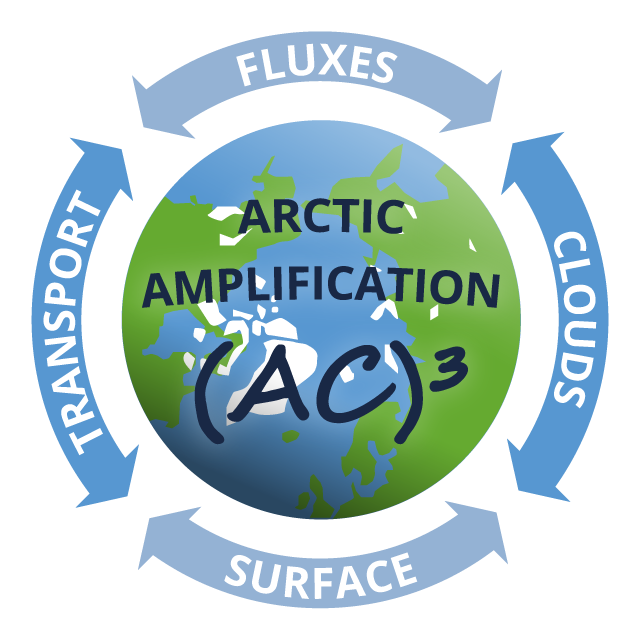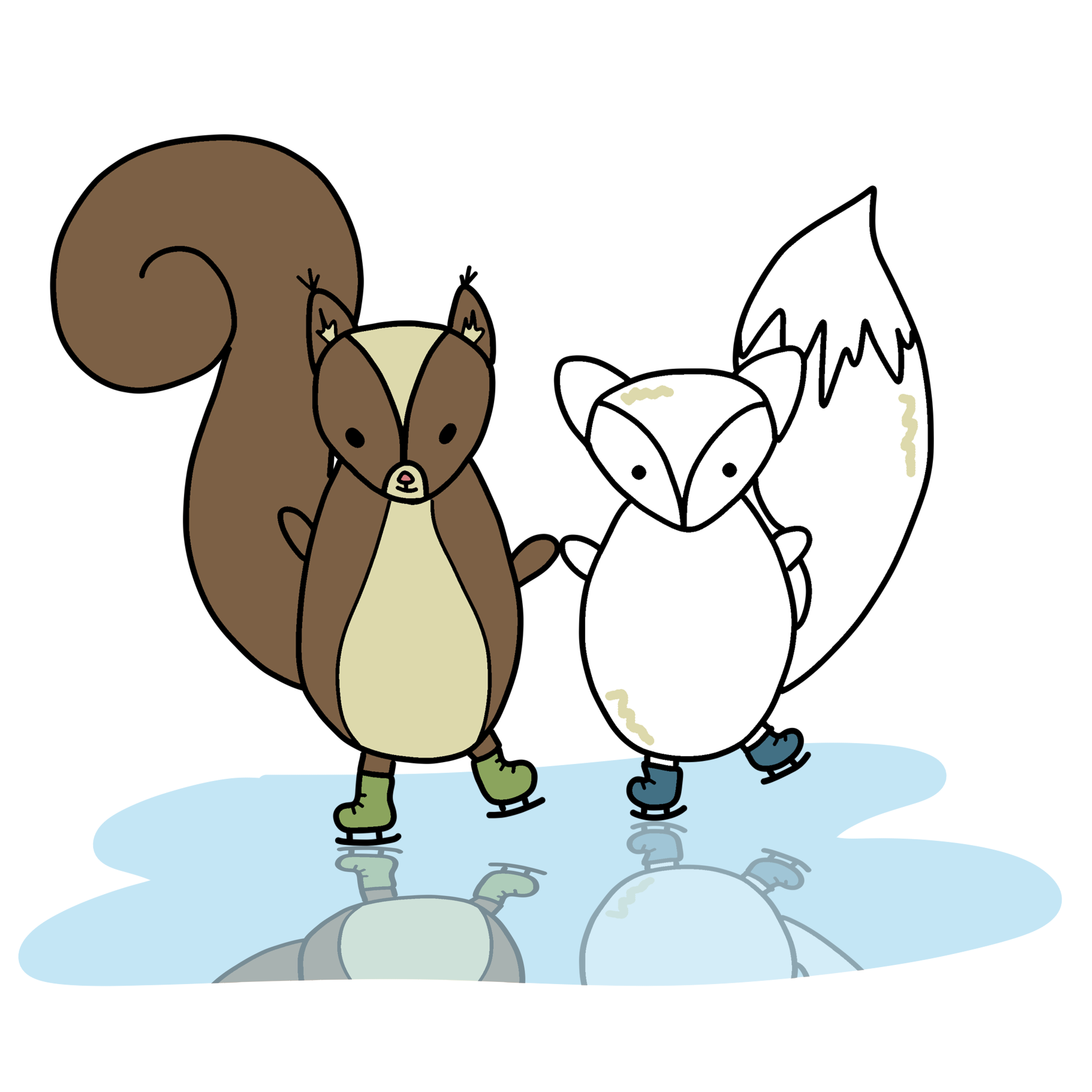What is black ice and why is it so dangerous?
The colours of the leaves are so beautiful right now. That’s why I cycled once more through the Clara-Park on my way to school yesterday. The evening before it rained, but at the moment the sun was shining and it smelt lovely like autumn. But it was also still fairly cold, brrr!
When I cycled over the Sachsen bridge, there was suddenly a small squirrel crossing the street, and I had to pull the brakes. My rear wheel started to slip and I almost fell. Mika had to grab the bicycle basket tightly to not fall out. Luckily we both always wear a helmet!
I stood still for a moment to recover from the shock. When looking behind me on the street, to the place where I braked, I saw a spot of dark ice. “Strange!”, I thought. “Ice, here in the sun, and it is not even winter yet.” Nils, who was just walking over the bridge, walked over and asked if everything was all right. “Yes, nothing happened”, I told him. “Good that you rode so carefully”, he said.
I know Nils works at the Leipzig Institute for Meteorology, so I used the opportunity to ask him where this ice could have come from. “That is black ice.”, he said. Black ice – I definitely heard this term before, on the radio during the traffic information for example.
He explained further: “Yesterday it rained and the streets and roads got completely wet. Afterwards the rain clouds disappeared. You already learned that it then cools down quickly during the night.”
True, Sebastian recently explained to me here that during cloudless nights the ground gives off an especially large amount of heat.
“That’s exactly what happened last night. At some places, like here at the Sachsen bridge, this caused the temperature to drop even below 0°C. This is the temperature where water freezes. That is why the rain water turned into ice here. This ice can then become very slippery, for example when it starts to thaw again.”
“Ah – like now, when the sun is shining again.”
“Exactly! In such a situation, you can easily slip with your bike. But also cars or people by foot can easily slip. Because the ice layer is so thin, it appears very dark and is easily overlooked. That makes black ice really dangerous!“
“And why did it happen only here on the bridge?”, I asked further.
“Some places cool down more than others.”, replied Nils. “Bridges for example can give off their heat both upwards and downwards. Therefore, the street upon it cools faster than in other places. But also on streets in the forest or in the mountains it happens more often, because there it is in general a bit colder. Usually a sign with a snowflake warns for places where it happens especially often. When on the road by bike, it’s best to watch out for these signs.”
That is exactly what I will be doing from now on!
Text & Image: Nils Pfeifer, Illustration: Patrizia Schoch, Translation: Josien Rompelberg




